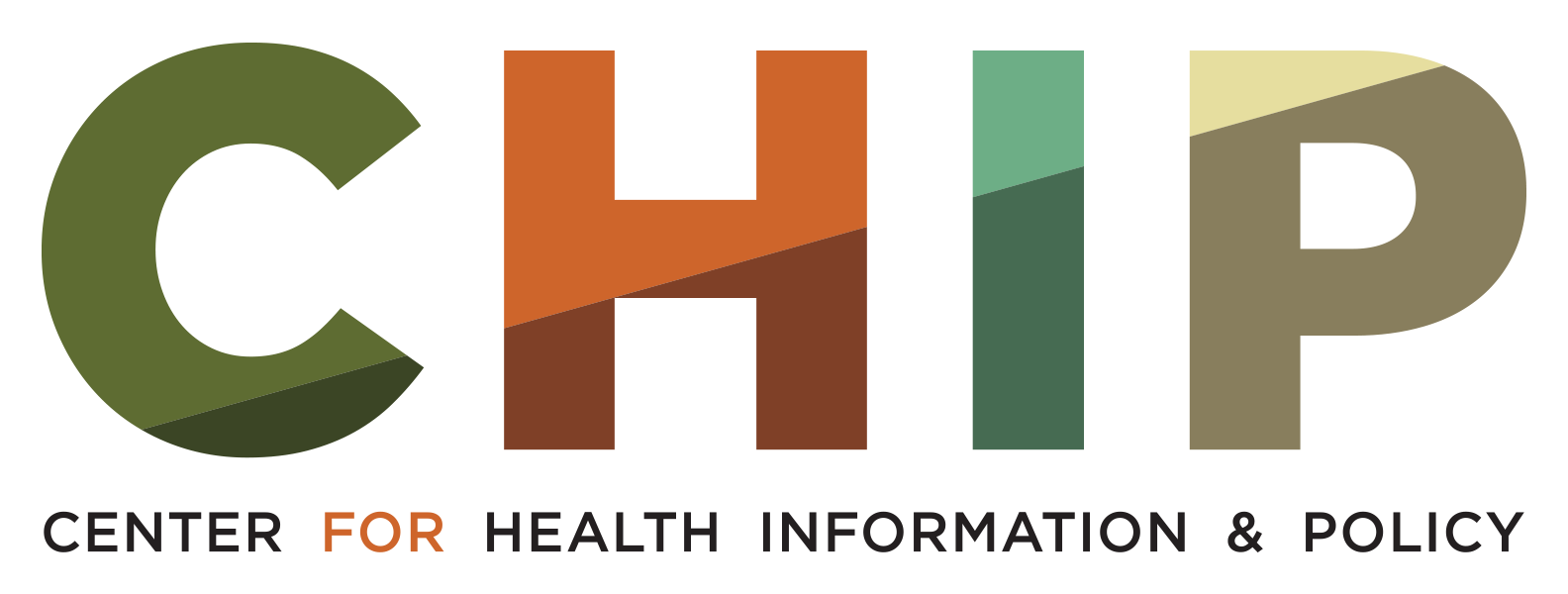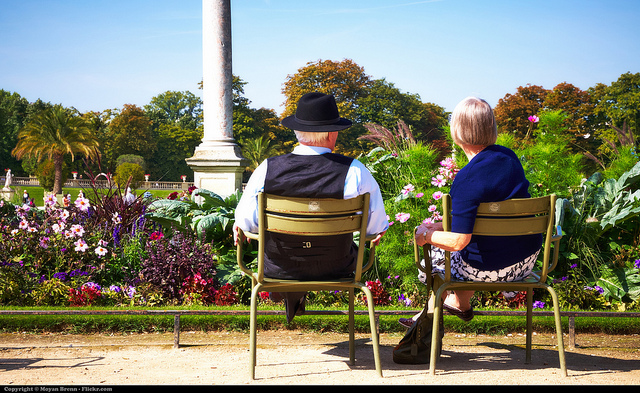With a few caveats, I support “death with dignity” through assisted suicide. The proponents this concept are advocating for the right of interminably suffering persons to end their lives with medical assistance. In my support, my caveats are these: (1) it can and must be clearly established that the decision to end one’s life is fully voluntary, (2) all options such as hospice and palliative care are available, (3) the patient is fully informed about these options, (3) all matters involved in the decision and process of assisted suicide involve absolutely no corporatized and/or for profit institutions, and (4) governmental support for “death with dignity” concepts is accompanied by an equal amount of support for “life with dignity.”
One need only visit the typical “nursing home” or spend some time with elderly folks in blighted neighborhoods to understand how vulnerable seniors are robbed of their dignity and spend the last years of their lives in fear, deprivation, social isolation, and lacking necessary medical services. Recently, I and other activist colleagues met with a group of elderly and disabled African American residents of an inner-city housing project. These vulnerable residents of government-funded housing were living in fear because of the Kansas City Housing Authority’s lack of concern about younger and often violence prone residents.
In addition to threats to their safety, the residents with whom we met were frustrated by the lack of autonomy they experience due to locked gates around the facility, recreation areas off limit to them after 5:00 or 6:00 PM, poor cleanliness and maintenance, and management’s insensitivity to their complaints. The conditions we observed were not like anything we would want our parents, grandparents, or any other elderly person – or any person period – to experience. We observed government’s failure to promote “the general welfare” as required by the Preamble and Article I, Section 8 of the U.S. Constitution (HUD is the federal funding source for these inner city, senior housing projects).
Most nursing homes in practically all neighborhoods are for-profit factories for collecting Medicaid monies or assets of the elderly that would otherwise be passed along to children or other heirs. Dignity is not the major objective of the nursing home industry. Rather maximizing revenue through reduction in labor and other costs, impersonal care, and exceedingly high daily charges. Residents lose their dignity through lack of autonomy, impersonal staff, neglect, and a dreary institutionalized setting. This is not to say that there are no compassionate and caring medical professionals and other staff working in nursing homes. No doubt, many nursing home employees try to do the right thing. However, in my interview with nursing professionals, I have uncovered a pattern of institutional retaliation against and suppression of professional complaints about substandard practices.
Death with dignity is typically, but not always, focused on the end of life or nearness to the end of life. Bioethicists have been particularly focused in their scholarship and day-to-day actions on the elderly and the possibility of excessive and unnecessary end of life medical care. Hence, major scholarly journals such as the American Journal of Bioethics, leading centers on bioethics such as the Hastings Center, and renowned bioethicists such as Daniel Callahan and Ezekiel Emanuel have continuously and vociferously urged health care rationing for the elderly who they believe receive far more than their fair share of the health care budget. Much of that perceived excess is, they believe, due to heroic medical efforts to unnecessarily prolong life.
Having interacted with bioethics centers and searching through the published research of bioethicists, I am struck by the egregious ageism of the bioethics enterprise. In one talk I gave at a well-known bioethics center I was stunned when leading staff members informed me that they didn’t think the term “silver tsunami” was a slur on America’s elderly population. They like politicians, journalists, and academics see the aging “baby boom” generation as a catastrophe and a threat to the U.S. economic system. The concern of these individuals with unnecessary end of life care, advanced directives, and living wills is laudable. However, I found their concerns to be tainted by an overlay of concern about too many elderly people, receiving too much medical care.
In conclusion, death with dignity, as a movement, must be accompanied by a life with dignity movement. Even more importantly, a profession, which is free of conflicts of interest and free of prejudice against an aging population, must develop as a philosophical and ethical watchdog over increasingly dehumanizing medical technology and medical care. Perhaps a profession that would have as its mission the priority of biological well-being of human beings and the planet they inhabit. I would propose that we call this discipline “Biohumanism.”


Thanks for sharing. I read many of your blog posts, cool, your blog is very good.
I don’t think the title of your article matches the content lol. Just kidding, mainly because I had some doubts after reading the article.
Thanks for sharing. I read many of your blog posts, cool, your blog is very good.
Your article helped me a lot, is there any more related content? Thanks!
Thank you for your sharing. I am worried that I lack creative ideas. It is your article that makes me full of hope. Thank you. But, I have a question, can you help me?
Thank you for your sharing. I am worried that I lack creative ideas. It is your article that makes me full of hope. Thank you. But, I have a question, can you help me?
https://drive.google.com/file/d/1u7YGRKaJLqfWNd-SZ0qlNNcQNmaCh5RC/
ad6d318fbc zlatpie
Your point of view caught my eye and was very interesting. Thanks. I have a question for you.
Your point of view caught my eye and was very interesting. Thanks. I have a question for you.
I don’t think the title of your article matches the content lol. Just kidding, mainly because I had some doubts after reading the article.
Your article helped me a lot, is there any more related content? Thanks!
Can you be more specific about the content of your article? After reading it, I still have some doubts. Hope you can help me.
Your point of view caught my eye and was very interesting. Thanks. I have a question for you.